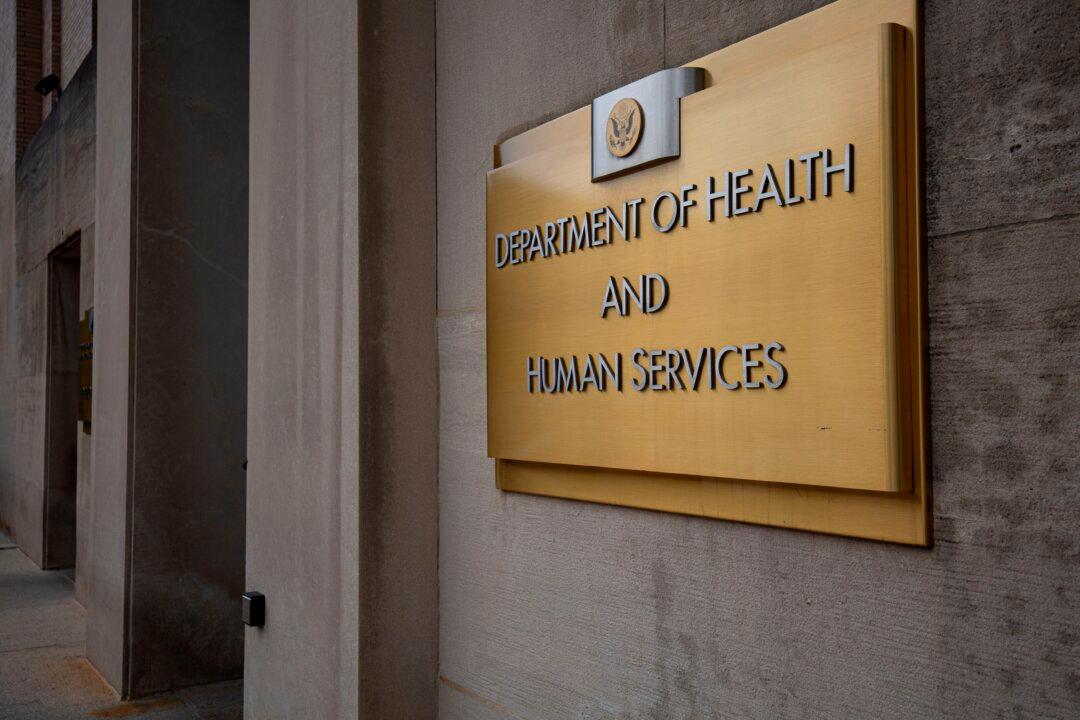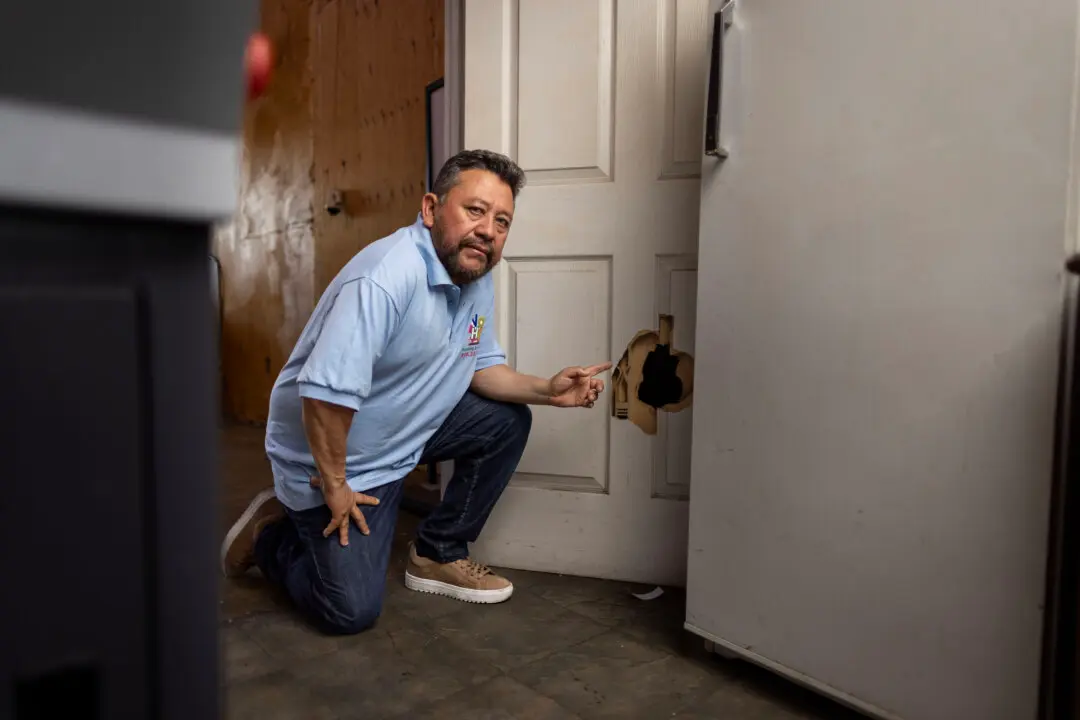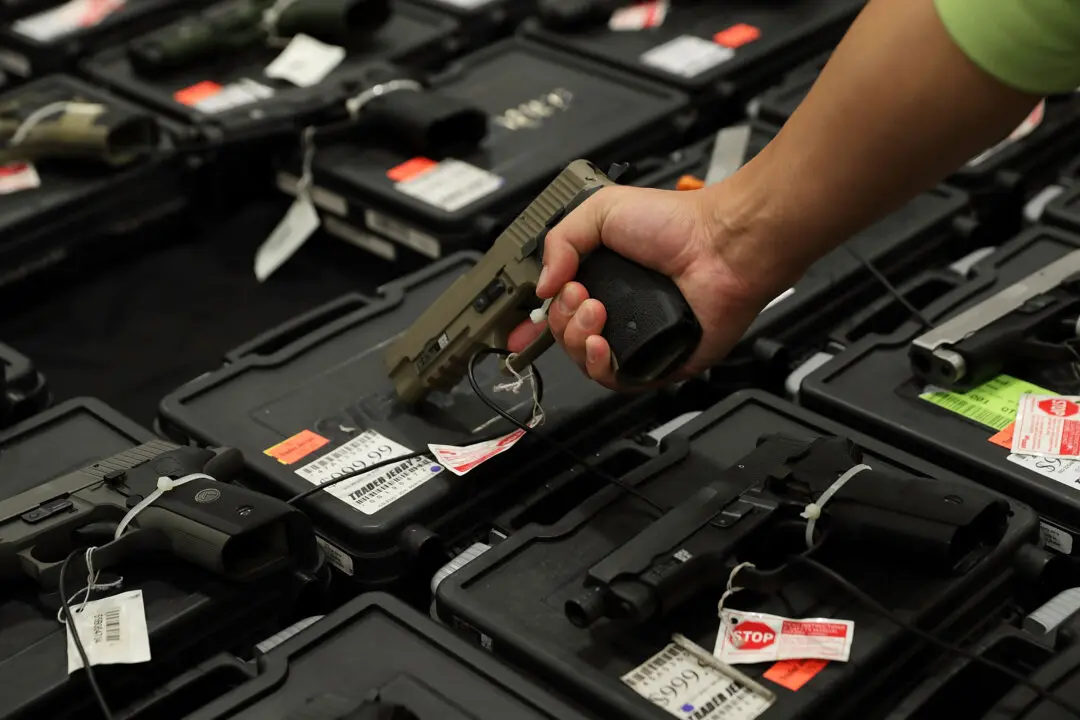Up to 15 million Medicaid beneficiaries could lose coverage as pandemic subsidies dry up by the end of the year. State officials say that eligible recipients should contact their state Medicaid office to ensure their coverage isn’t interrupted.
“There are substantial protections in place,” said Brian Blase, founder and president of the Paragon Health Institute (PHI), a nonprofit, nonpartisan research institute that evaluates government programs and develops policies.





